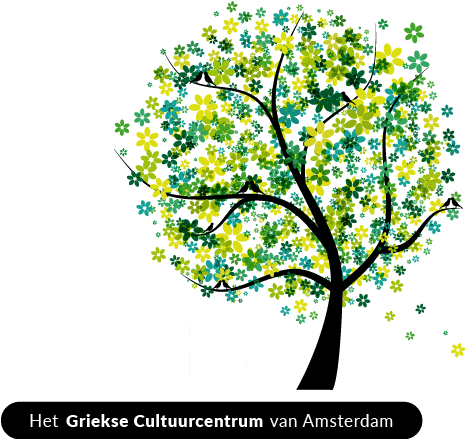No products in the basket.
Epirus: Greece carved in stone.
Greece: a small country, which seems to be made of water and stone, bathing in the light of the Mediterranean sun.
For sure, most of the visitors recognize it as the country of the absolute “blue”, through her beaches and her cloudless sky. Only a few know her other side: the one that experienced craftsmen curved with patience and effort in the stone.

The immortal stone bridges of continental Greece.
Silent witnesses of this side are her immortal bridges that resist time which we see everywhere in Greece; but mainly in the mountainous regions of continental Greece -Epirus, Thessaly …-. Once, they gave a solution to the imperative need of people for travelling or the transportation of goods. Today they are turned into monuments, thanks to their flawless technique and their elegance.
The cost of each bridge was very high and a small village could not afford it. That is why the only solution was the search for a benefactor. In some other cases, the expenses were covered by all the villages that would benefit from its construction. However, it was not uncommon for the owner of a mill to undertake the financing of the whole project, especially if the miller had in his mind that this way, he would increase his clientele, making his mill accessible to the residents on both banks of the river.
And naturally, the financier also provided the name of the bridge. Many times, it happens that a whole story is hidden behind a simple name.
The stone craftsmen of Epirus & the “guilds”.
The craftsmen who used to undertake such projects were not random workers and did not work alone since each bridge needed a lot of effort and time to be built. They were organized into groups or, as they were called, “sintechnies” (=guilds), where everyone had his own distinct duty. The homeland of the most craftsmen was the mountainous villages of Pindos, which until now are still known as Mastorochoria (craftsmen-villages).
It is very characteristic that most of these craftsmen were completely illiterate, who were pushed into this difficult craft because of their poverty and the poverty of the land they lived in. Over time they evolved into highly sought-after craftsmen, who possessed all the secrets of a harsh trade and organized themselves in groups, travelling all over Greece and the Balkans by undertaking some public -or private- constructions (bridges, fountains, streets, churches, …). These projects were mainly “pre-agreed”. This way the groups knew in advance where they would travel; while the main criterion for selecting a project was “how well the financier paid”. The rest were details.
When it was time to depart from their villages, a great feast was organized. The following period would be very difficult for both those who remained behind, but also the for ones who departed.
The “troops” ( gr: “Mpouloukia”).
One of the last Epirus craftsmen says: “The ‘mpoulouki’ (=troop, people who travel in groups for work) was a small society with a strict hierarchy and very strict unwritten laws. They used their own ‘code’ language, so as not to be understood by the employers or other third parties.
The team leader was the ‘proto-mastoras’ (=top craftsman). As soon as the job began, conversations were forbidden. Only the team leader had the right to speak. Everyone knew his duty and fulfilled it conscientiously. After sunset, work stopped and everyone washed and sat down at the common table to eat. Lying and thievery in the team were unforgivable within the team … “.
The “Proto-mastoras” was not only a team leader and the first in the rank. He was also an excellent craftsman, the one to find the projects and he was also responsible to design the bridge. He chose the right place, oversaw the foundations, and was responsible for the payment of the workers.
After the Proto-mastoras all the simple craftsmen -craftsmen of stone and wood – followed in the rank, while last in this hierarchy were the workers who broke and carved the stone and the younger ones who were there in order to learn the art. The animals were also considered valuable coworkers as they carried all the heavy materials and their help was valuable.
The stone craftsmen of Epirus & their hidden secret.
Crews worked from the sunrise till sunset and from March till November. Then it was time to return to their families.
The stone craftsman D. Flindris narrates: “The whole art had to do with one word: Slowly. The slower they worked, the better the craftsmen they were. They used to sing and whistle during the sculpting in order to lose the sense of time and not to be in hurry. My father said: «Μια ζουρλοτσουκανιά, μια μέρα δουλειά» which means that “a hasty or wrong blow on the stone had as a result more hours of work”.
If a project for some reason was left incomplete, no other crew took over. It was a code of honour.
Nowadays, the stone bridges are monuments not only of traditional architecture but also of admiration. How was it possible for people without studies or special knowledge to build something that resists the rushing waters and the passage of time in this miraculous way?
Above all, however, each bridge is a story that narrates people’s need for communication, their need to be exposed to new cultures and to exchange social and cultural elements.
© Lato,
Het Griekse Taal– & CultuurCentrum van Amsterdam




